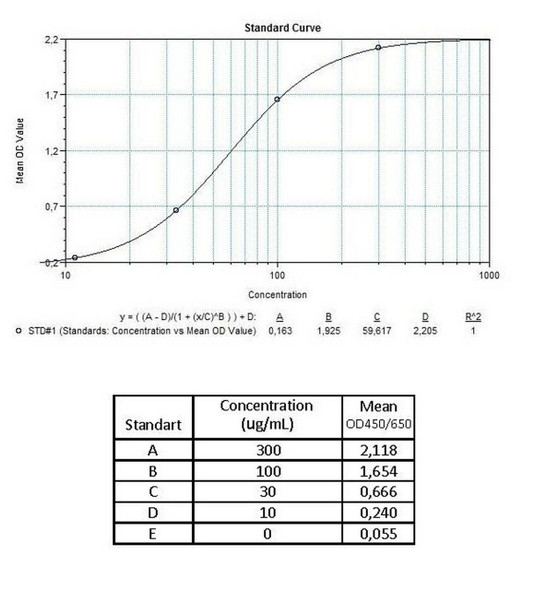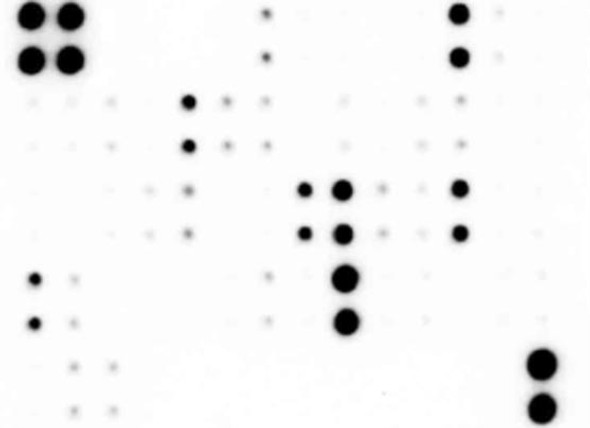Iron Assay Kit (BA0040)
- SKU:
- BA0040
- Product Type:
- Assay
- Instrument:
- Microplate Reader
- Sample Type:
- Biological (Serum), Environmental Samples
- Research Area:
- Kidney Biomarker
- Food Safety & Analysis
- Plant & Environmental Stress
- Cation and Inorganic Ion
Frequently bought together:
Description
Iron Assay Kit - Description
Assay Genie's iron assay kit is designed to measure total iron directly in serum without any pretreatment. The improved method utilizes a chromogen that forms a blue colored complex specifically with Fe2+. Fe3+ in the sample is reduced to Fe2+, thus allowing the assay for total iron concentration. The intensity of the color, measured at 590nm, is directly proportional to the iron concentration in the sample.Applications
For quantitative determination of iron ions Fe3+ and/or Fe2+ and evaluation of drug effects on iron metabolism.Iron Assay Kit - Key Features
- Sensitive and accurate. Linear detection range 27 ug/dL (4.8 ) to 1,000 ug/dL (179 ) iron in 96-well plate assay.
- Simple and high-throughput. The procedure involves addition of a single working reagent and incubation for 40 min. Can be readily automated as a high-throughput assay for thousands of samples per day.
- Improved reagent stability and versatility. The optimized formulation has greatly enhanced reagent and signal stability. Cuvette or 96-well plate assay.
- Low interference in biological samples. No pretreatments are needed. Assays can be directly performed on serum samples.
Iron Assay Kit - Data Sheet | |
| Kit Includes | Reagent A: 50 mL Reagent B: 4 mL Reagent C: 4 mL Iron Standard: 1 mL 10 mg/dL Fe2+ |
| Kit Requires | Pipeting devices and accessories. |
| Method of Detection | OD590nm |
| Detection Limit | 27 ug/dL (4.8 ) |
| Samples | Biological (e.g. serum) and environmental samples |
| Species | All |
| Protocol Length | 30 min |
| Size | 250 tests |
| Storage | Store Reagent A at room temperature and other reagents at 4 °C. |
| Shelf Life | 12 months |







